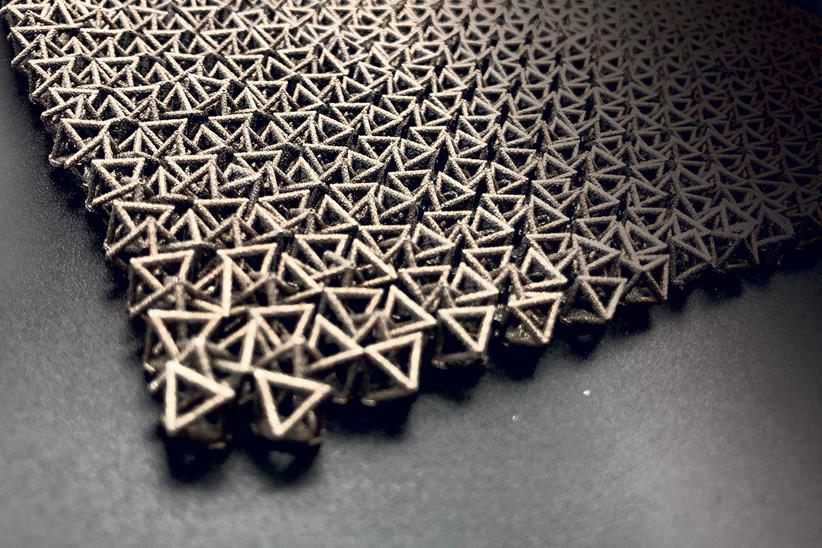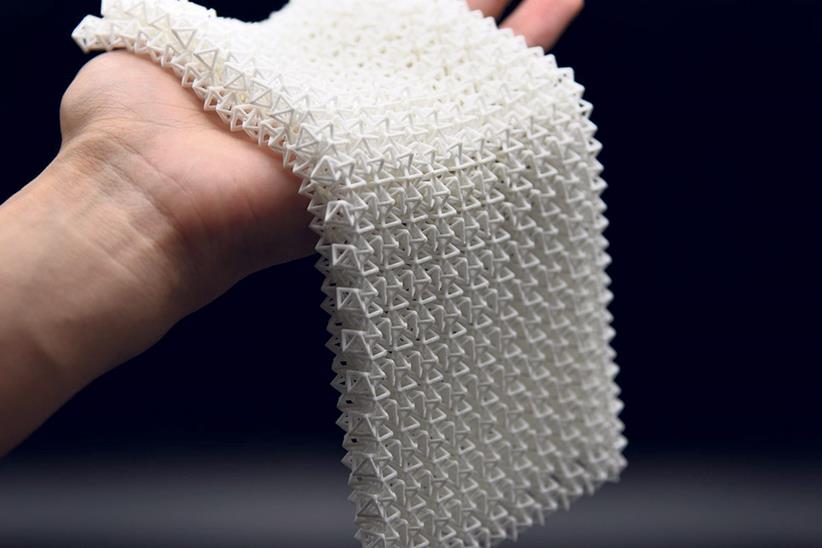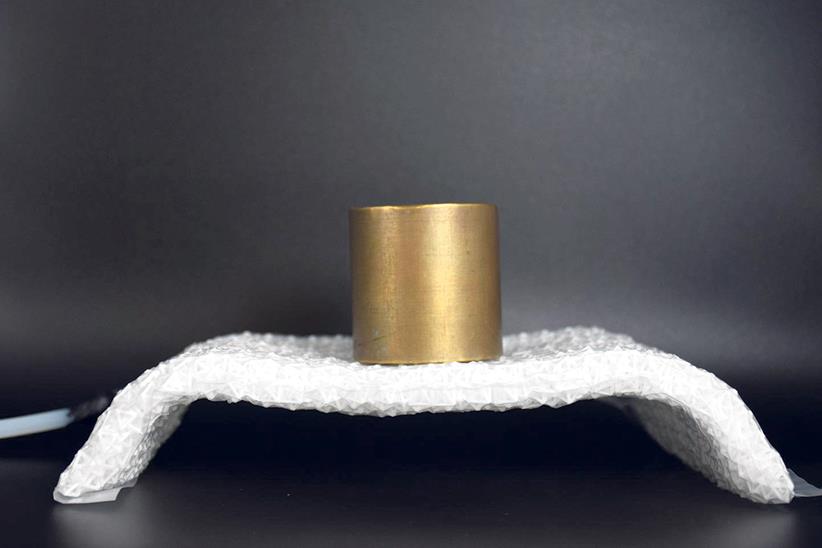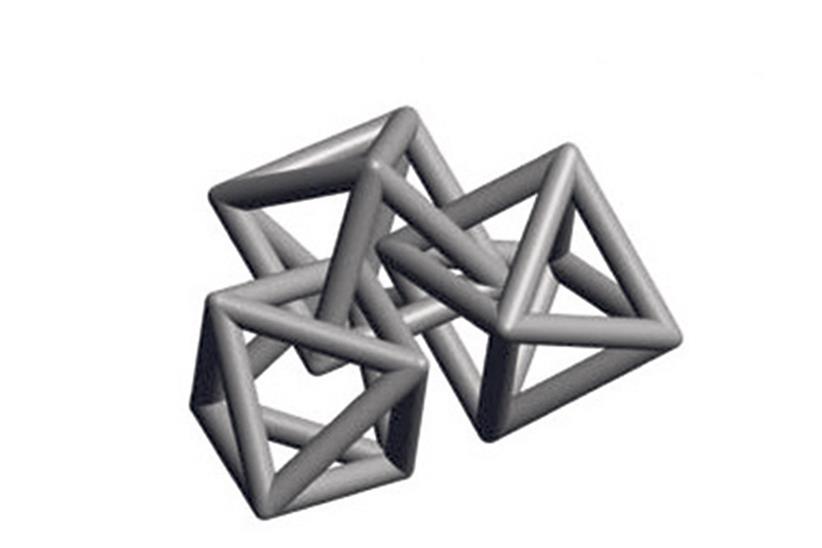Variable-rigidity 'chain mail' that stiffens on command could be the future of motorcycle clothing
Motorcycle clothing is a conundrum that’s proved tough to crack. Even ignoring the problems that weather conditions pile into the equation, there’s a stark contrast between the requirement to move freely when we’re riding and the need for protection should we come off.
Related articles on MCN
- Bosch accident detection built into your bike
- All you need to know about motorbike airbag vests
- How sawdust and coconut shells are revolutionising motorbike suspension
Now a new idea from Caltech – the California Institute of Technology and home of Nasa’s Jet Propulsion Laboratory – and Nayang Technological University in Singapore might solve that problem, as it creates fabric, and even metal or Kevlar armour, that can change state from a flexible state to a rigid one on command.
The idea is demonstrated with a fabric made from interlocking hollow octahedrons, with eight triangular faces, initially created from 3D-printed plastic polymers but with metal versions set to follow, that create something similar to chain mail.
![]()
The shape of these octahedrons means that they flex freely in their relaxed state, but when they’re packed together more tightly, they interlock, creating a rigid form in whatever shape the ‘fabric’ is in at that time.
Chiara Daraio, a professor of mechanical engineering and applied physics at Caltech, said: “We wanted to make materials that can change stiffness on command. We’d like to create a fabric that goes from soft and foldable to rigid and load-bearing in a controllable way.
“Think about coffee in a vacuum-sealed bag. When still packed, it is solid, via a process we call ‘jamming.’ But as soon as you open the pack, the coffee grounds are no longer jammed against each other, and you can pour them as though they were a fluid.”
![]()
There are several ways that the fabric might be made to make the transition from flexible to rigid, but the initial versions have encased the fabric in a flexible plastic envelope.
As you suck the air out of the envelope, the atmospheric pressure outside compresses the octahedrons together to lock them into a rigid form.
However, the same effect might also be achieved by running cords or cables through the fabric and pulling them tight to stiffen it.
During tests with the initial, vacuum-packed plastic material, researchers found a flat sheet of it could hold a 1.5kg weight – 50 times its own mass. And in further tests, dropping a 30g steel ball onto the fabric at 3m/s showed it deformed 26mm in its flexible state but just 3mm in its stiffened form.
![]()
“These fabrics have potential applications in smart wearable equipment: when unjammed, they are lightweight, compliant, and comfortable to wear; after the jamming transition, they become a supportive and protective layer on the wearer’s body,” said Wang.
Although the research paper outlining the technology explains its use in bullet or stab-proof vests that harden to protect against an impact, or as a material that’s flexible most of the time but becomes rigid when the wearer neds a brace to help carry a heavy load – it’s easy to see that the idea could be transformative if it can be incorporated into protective motorcycle clothing, too.








